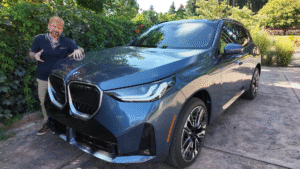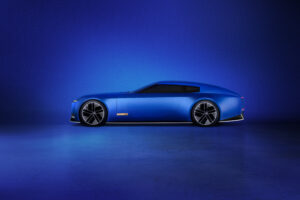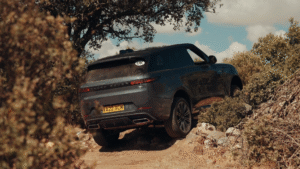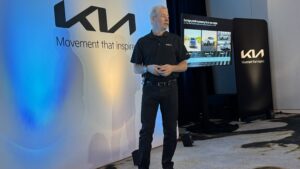Kia’s Big Leap: How the Brand is Charging Past 800,000 U.S. Sales by 2025
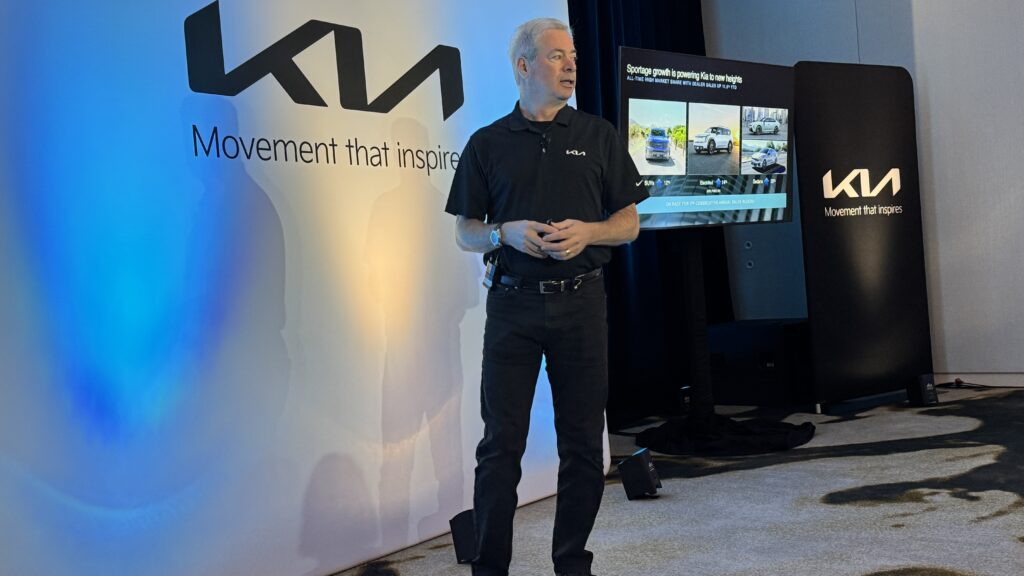
Once upon a time, buying a Kia was all about saving money. It was the brand for tight budgets and modest expectations. Fast forward to 2025, and Kia is on the brink of selling more than 800,000 vehicles a year in America nearly 60% growth in just five years. That’s not just a sales bump. That’s a transformation.
From Budget Choice to Desirable Brand
Russel Wager, head of marketing communications for Kia America, puts it plainly: Kia used to be a fallback option. Today, it’s a brand people actively want. With sharp design, cutting-edge tech, and a lineup that spans gas, hybrid, plug-in hybrid, and full EVs, Kia now competes across nearly every segment of the U.S. market.
In 2025, Kia’s electrified lineup alone covers 10 different models from hybrid workhorses like the Sorento and Sportage to all-electric flagships like the EV6 and EV9, built in Georgia. Monthly sales numbers show real demand, with electrified models moving between 1,000 and 15,000 units each month.
For consumers, this is about flexibility. Not ready for EV charging? Kia has hybrids. Ready to go electric? Kia has compelling, American-built options. It’s a strategy designed to keep buyers from walking out of the showroom.
Why Kia’s Strategy Stands Out
The competition often picks one lane and bets big. GM is going all-in on EVs but struggling to win over hesitant buyers. Toyota leans heavily on hybrids, sometimes at the expense of EV credibility. Ford straddles both worlds but is still chasing profitability. Kia? It’s choosing all of the above.
That balance means loyalists who prefer gas engines still feel supported with regular updates, while tech-savvy buyers get futuristic EVs with premium performance. Few automakers can cover this much ground so effectively.
Who Kia Appeals To
Kia now attracts a broad spectrum of buyers. Families find value and space in the Carnival and Sorento hybrids, while younger buyers gravitate toward the EV6 and Niro EV for their design and connected tech. Even luxury-curious shoppers are beginning to cross-shop Kia against established Japanese and European brands.
Who won’t it serve? Ultra-luxury seekers. Kia isn’t chasing Bentley or Maybach buyers. Its mission is broader win the mainstream, win the skeptics, and offer modern alternatives at approachable prices.
The Bigger Picture
Kia’s rise isn’t an accident. It reflects consistent investment in design, technology, and manufacturing. By shedding its bargain-basement image, Kia signals a new reality in the U.S. car market: innovation and quality no longer belong exclusively to Detroit or the Japanese Big Three.
The long-term bet? That diversity wins. Whether the future is fully electric, hybrid-heavy, or still tied to gas, Kia is prepared. And that makes it one of the most important automakers to watch as America redefines its relationship with cars.

